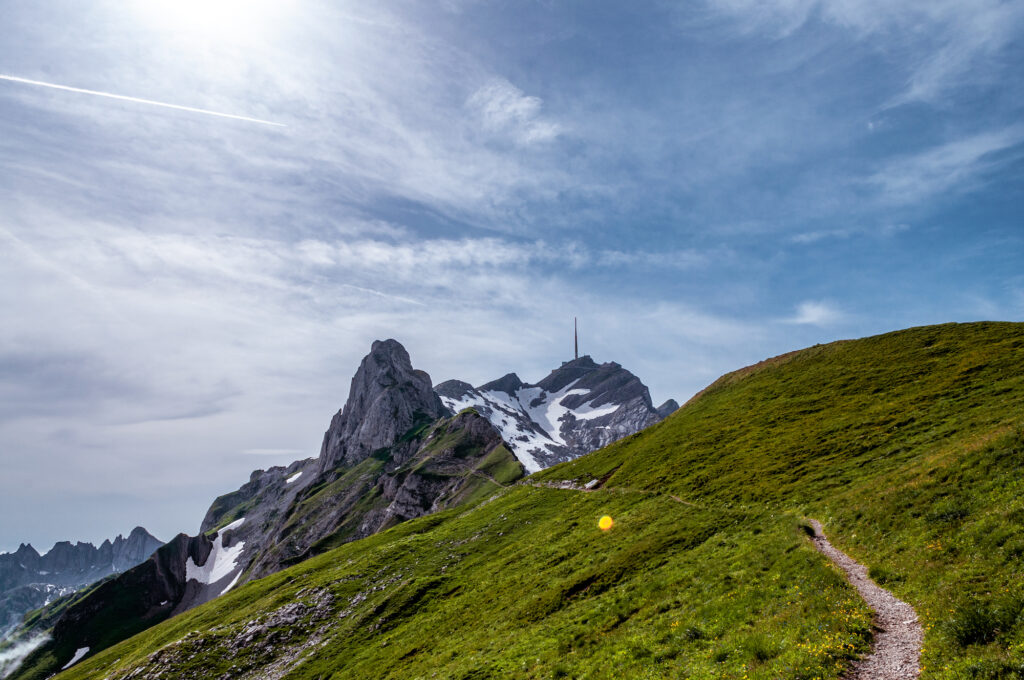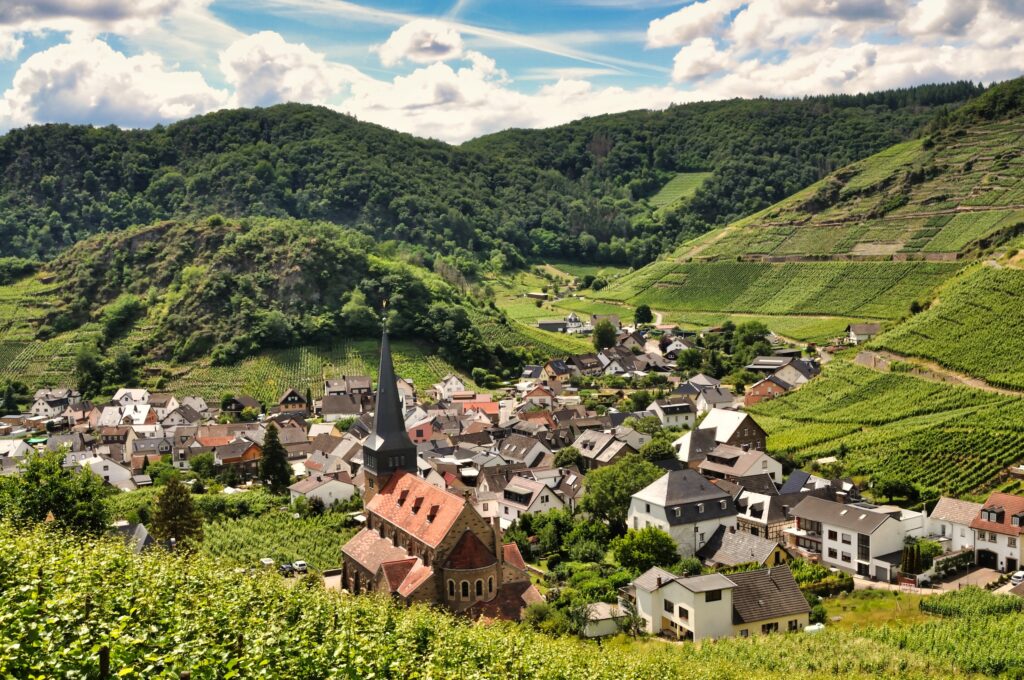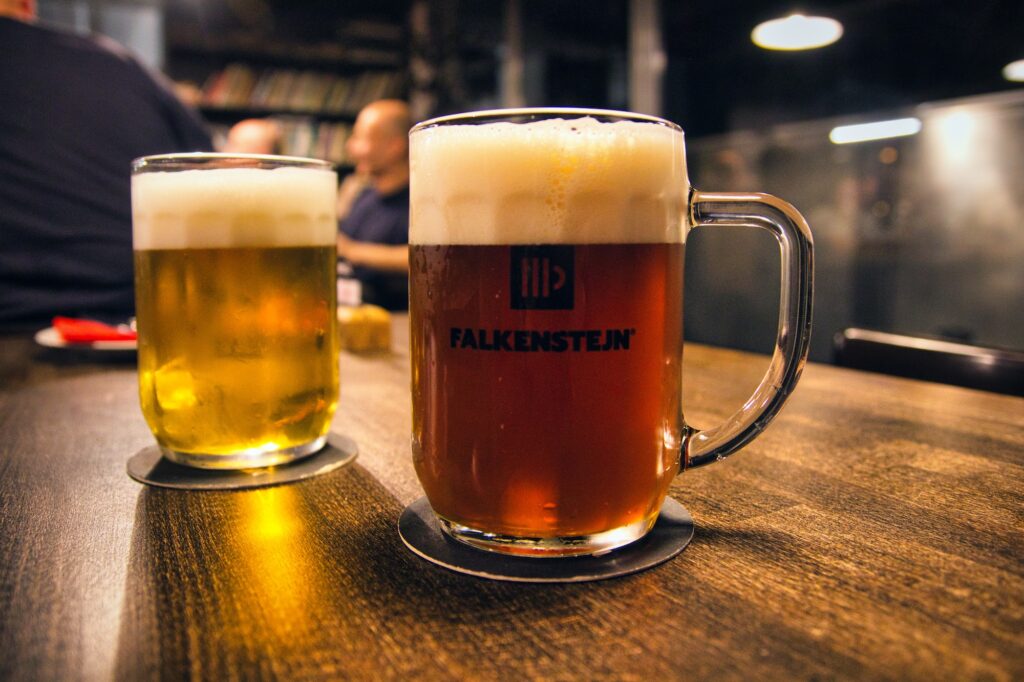There’s no better way to inaugurate yourself into the world of champagne. Dive deep into the French countryside, and visit the farms and vineyards where the world famous fizzy wine is made.
Trail:
Ay –
Ay
Distance:
12km
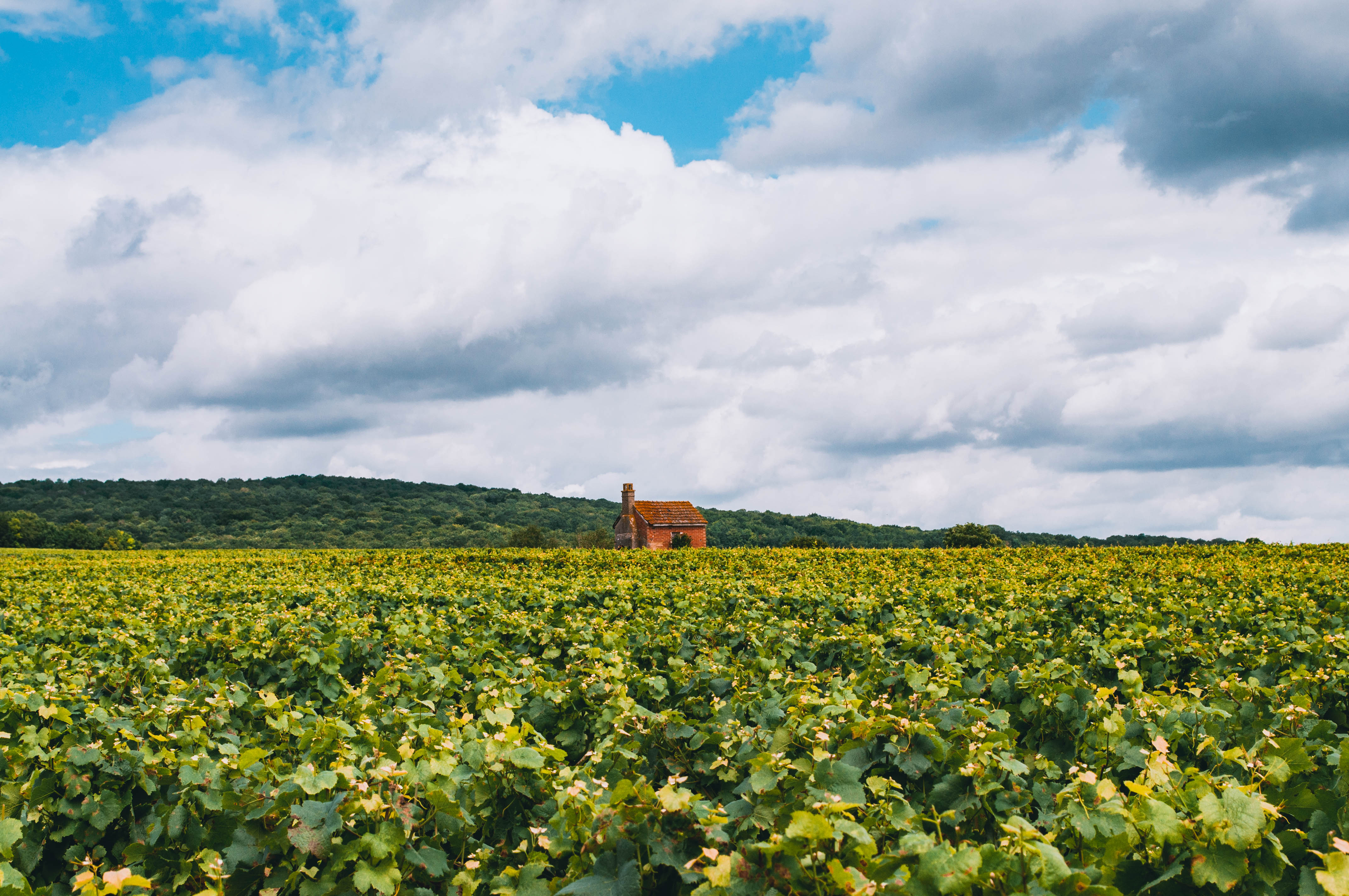

Adopts Seinfeld voice: So what’s the deal with champagne?
If you’ve ever wondered why champagne is so expensive and is adored so much by racing enthusiasts?
Champagne is the name given to the sparkling wine produced in this particular part of France.
It’s cost is partly down to its exclusivity, with the region only being able to manufacture so much per year, and because of the amount of time it takes to make with some wines needing between 10 to 15 years to mature.
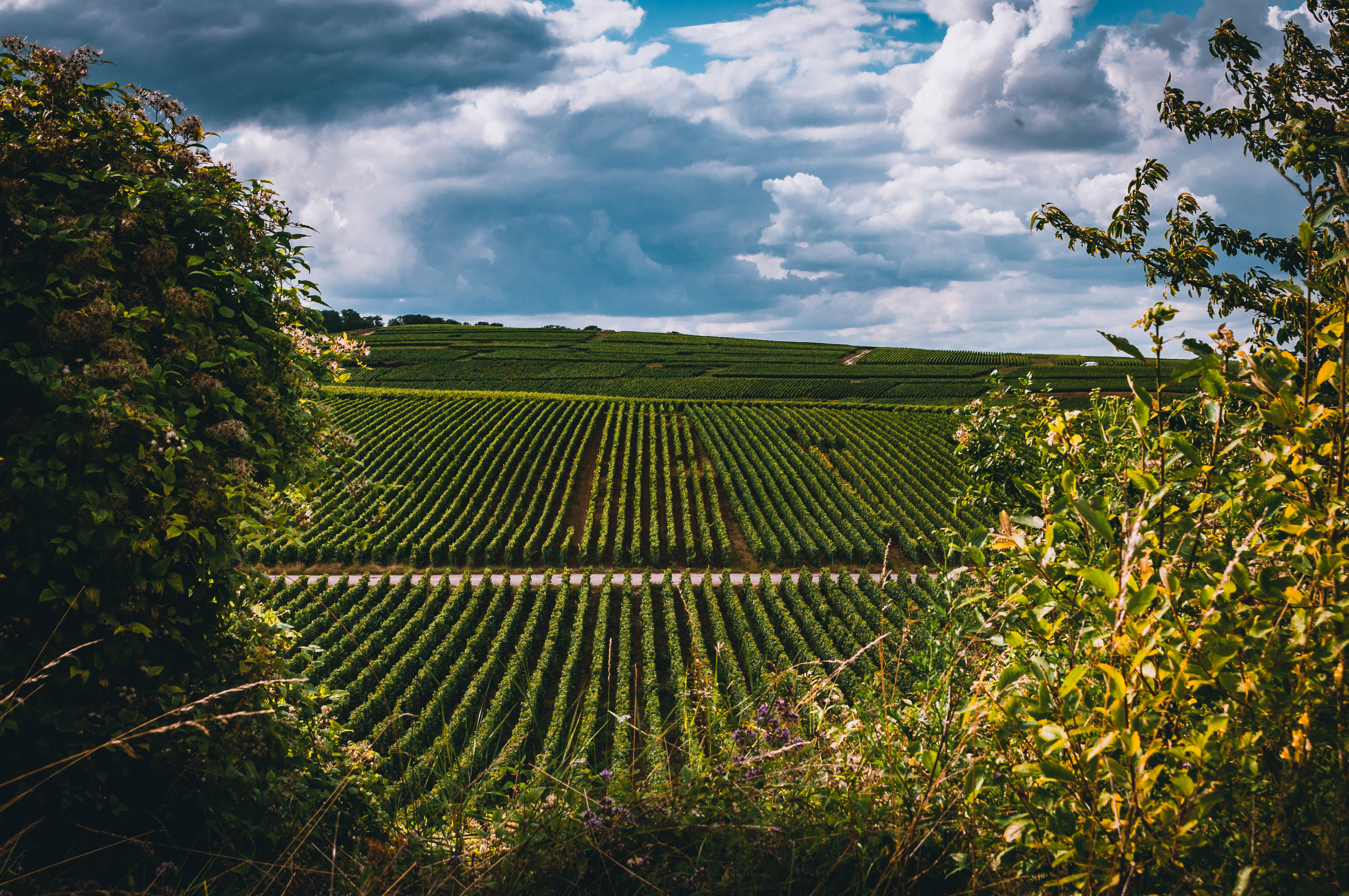

Champagne is the product of mixing pinot noir, meunier, and chardonnay grapes to create a wine that is then mixed with additional sugar and yeast to create the sweet and fizzy sensations.
The wines are then gently rotated over time and aged in a cool cellar. One of the reasons that this area of France is so famous for this type of wine is that the chalk soil is not only great for the vines, but it also makes for deep cave excavating, that in turn have made impressive wine cellars that have lasted for decades.
But the question is, does the area make for good hiking?
The answer is yes, but it’s sadly not yet well known for this.
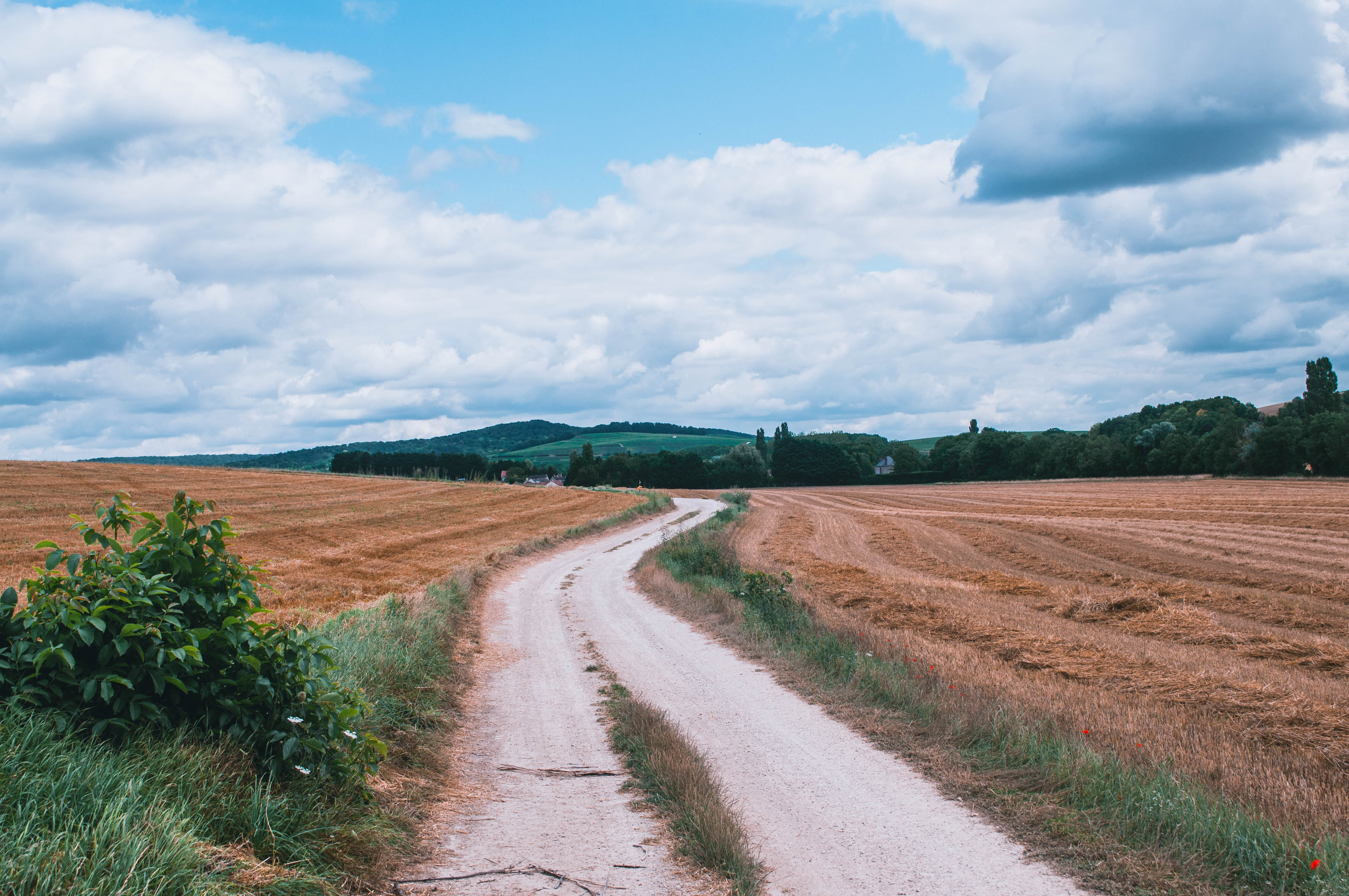

The capital for champagne is Reims, a city that lies an hour east of Paris. Here there is a regional connecting train that takes you throughout the Parc Natural de la Montagne de Reims, where most of the champagne vineyards and houses can be found.
Here there are multiple routes that start around each station, but the one I’ve decided to focus one (because I think it’s the best) is the particular stretch that begins at Ay, just outside of Épernay. Ay is one of the most traditional champagne towns in France, with cobbled roads, classic architecture and some of the grandest estates you’ll find anywhere else.
I’ve recorded the route on Komoot, which you can find HERE.
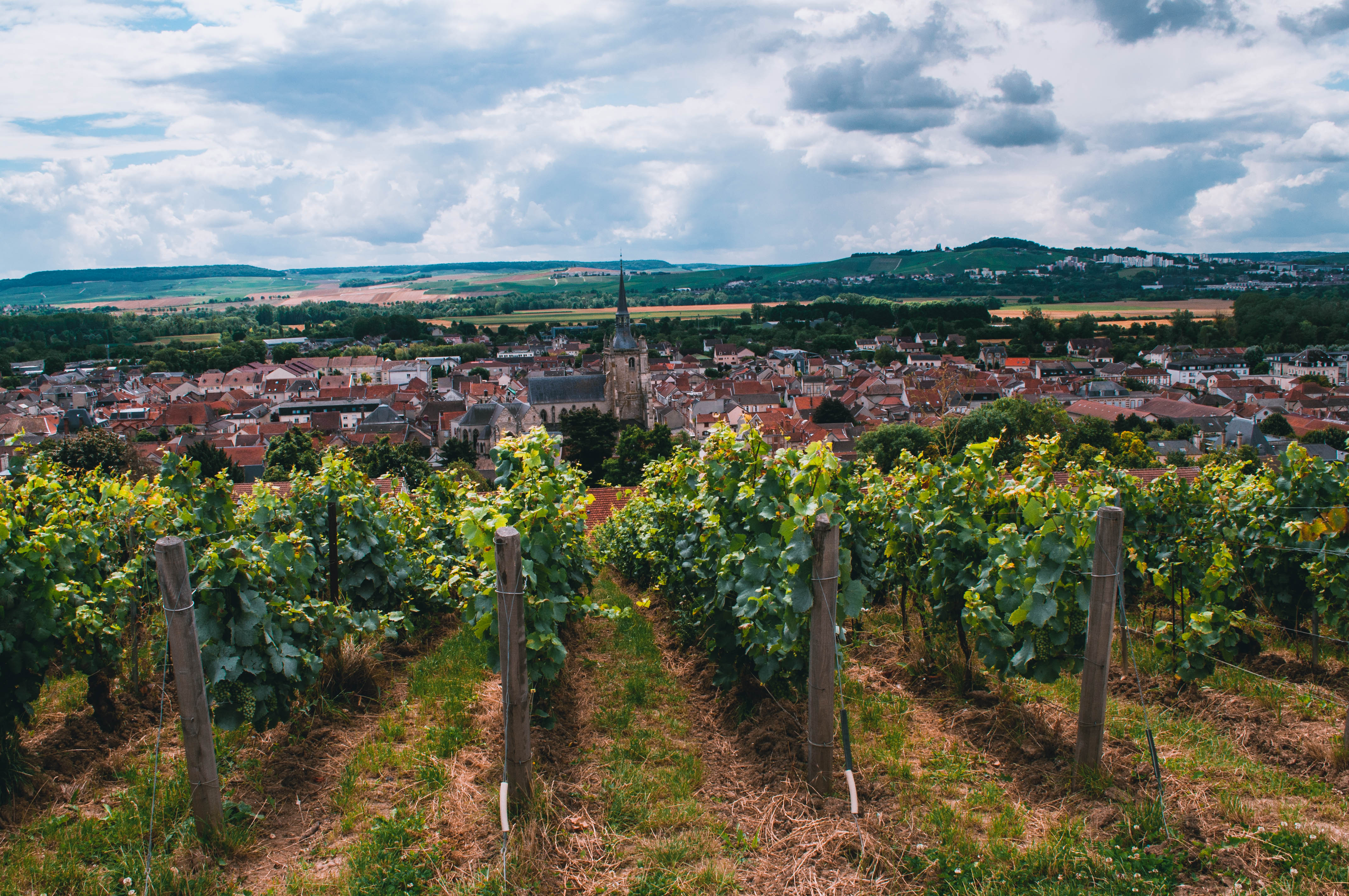

The trek is 12km long, without many strong uphills, through vineyards and a bit of swampy forest. There are champagne houses to visit along the way, but you will need to book ahead due to COVID.
To start the route, you leave the station at AY and walk straight into the town centre and take a right at Rue Jules Blondeau. Already on the way you can visit Grilliat Alain if you book ahead. Take a left at Rue Bigot and you’ll walk passed the Bollinger estate – visits are also possible here, but the entrance price starts at EUR 90 per person!
Up the hill and take a right out of the town at Champagne AYALA. Take a quick left behind the estate and you’ll find yourself in the UNESCO protected wine fields looking out across the scenic town. Here you can start to get a grasp on the scale and magnitude of the work and cultivation that goes into making all the world’s supply of champagne.
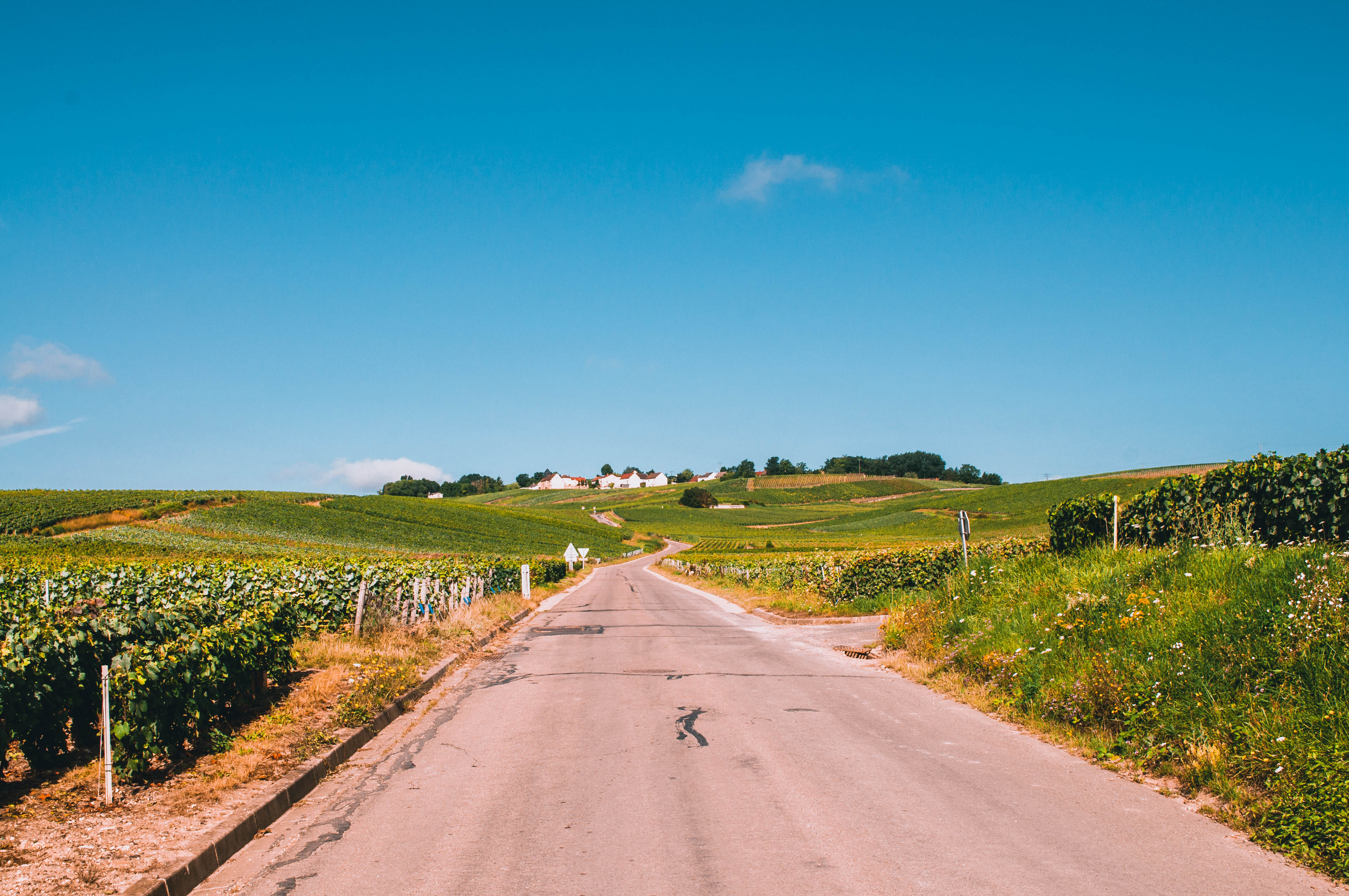

Here it’s a straight walk into the protected woodlands. It’s worth noting that the route becomes poorly signposted, plus if it rains the water fails to seep in the ground, which creates deep pockets of water, huge puddles and lot of swampy ground.
After you pass la Malmaison, the woods lead into the small village of Mutigny, the smaller, alternative champagne capital of France. There are multiple independent champagne houses here, but my personal recommendation is to visit Le Sentier du Vigneron, a sort of protectorate of champagne lore. Here you can get private tours, classes and tasting seminars for as little as EUR 15. The team here are well up on their local knowledge, and if you do the tasting, you get a mixed variety of aged bubbles that easily make up the booking cost.
Once you’ve guzzled your way through the village, the route swings by the Saint Martin church, back through the vineyards and back into Ay. Whilst you’re making back to the station you can check out the cellars of Champagne Collet, Moet, and Egrot et filles – none of which were open during my visit, I’m guessing due to the pandemic.
If you want to see which spots are open, and want to book in advance then I recommend using Champagne Booking.
For the ultimate experience, it’s worth paying a visit to Taittinger in Reims, one of the oldest producers of champagne in the world. In fact, under the city of Reims are miles of underground caverns that are used to store and age only Taittinger. If you do a trip of this wine house, you’ll find out how they were responsible for introducing the unique wine blend to the world, while getting to sample some of their more, elusive brands.


